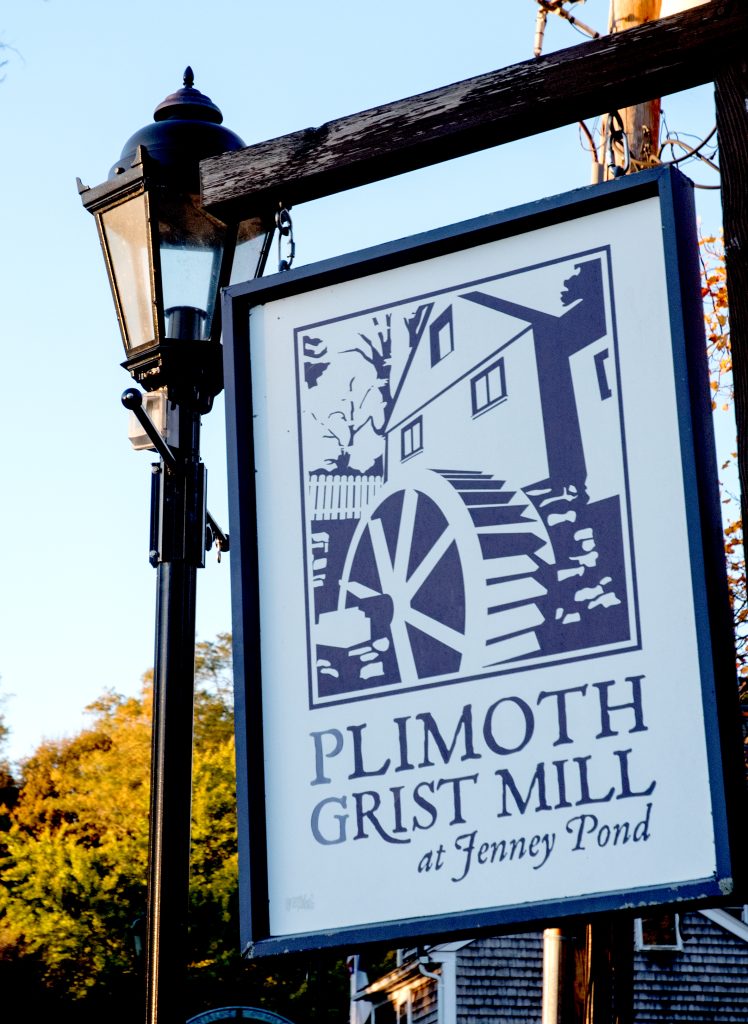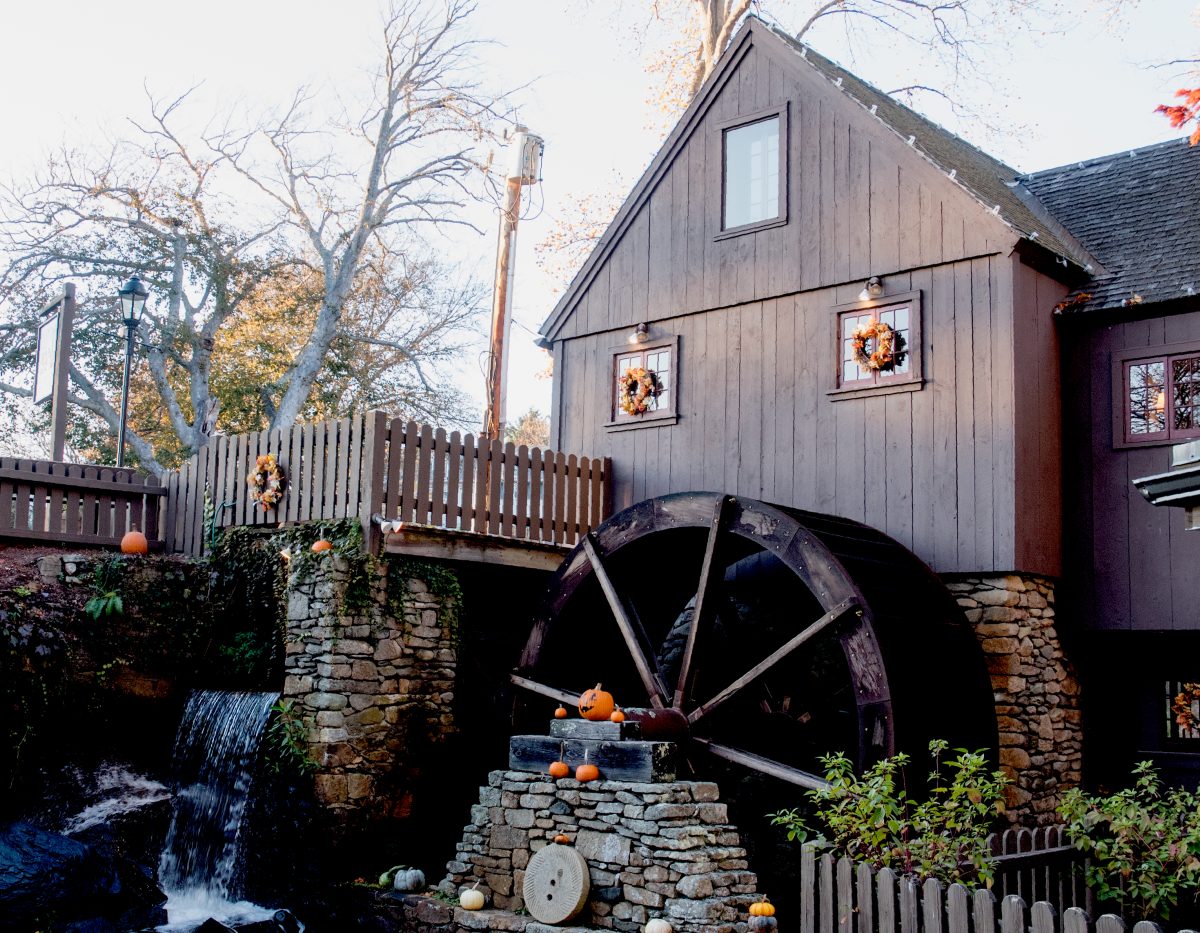An undisclosed potential buyer has made an offer on one of Plymouth’s best-known historical landmarks, the Plimoth Grist Mill along Town Brook.
But the bidder may have competition: The town also is interested in buying the property.
Bill Keohan, chair of the Community Preservation Committee, told that board earlier this month that Plimoth Patuxet Museums and David Gould, Plymouth’s director of marine and environmental affairs, had reached out to him expressing interest in the town acquiring the mill, which is on the market for $1.574 million. Neither Plimoth Patuxet nor Gould responded to requests for comment.
“We’re just reaching out to the owners,” Keohan told the committee, adding that neither Plimoth Patuxet nor the Department of Marine and Environmental Affairs has yet filed an application for Community Preservation Act funds to acquire the mill.
In an interview, Keohan said that the committee would discuss a possible offer at its next meeting on Nov. 30.
Richard Stefani, the owner, bought the mill in 2018 for $1.2 million. He did not return a phone call.
“He owns quite a few properties in town, but he is semi-retiring,” Tammy MacNayr, of RE/MAX, the listing agent, said.
The mill had been under contract, but the buyer could not obtain the needed financing, she said.
Keohan said the grist mill is of interest to the town because it sits along Town Brook, which the town has spent millions of dollars to restore. The popular path and grounds between Brewster Gardens on the waterfront and Jenney Pond farther inland is considered one of Plymouth’s most beautiful areas.
He said the Community Preservation Fund has been used to buy land along the Town Brook. Grants made it possible to take down dams and fish ladders and strengthen the herring run, he said.
Keohan said the Department of Marine and Environmental Affairs and its director, David Gould, have led the restoration of the brook.
The Department of Marine and Environmental Affairs has applied for $3 million to supplement the fish ladder at the mill. The Community Preservation Committee is to consider that proposal at its November 30th meeting.
The restoration of the herring run has been so successful that too many fish now congregate at the base of the fish ladder, said Kim Van Wormer, guest experience manager and the miller at the Plimoth Grist Mill.
“They’re building a little side stream that’s going to be beautifully landscaped,” Van Wormer said. “So we’re going to be able to see the fish a lot more. Right now, when they’re in the fish ladder, we can’t see them at all.”
Van Wormer explained that the glass eels that also come up Town Brook in the spring cannot use the fish ladder because they are too small to jump, so a temporary glass eel ladder is put up by the mill’s waterfall. Once the side stream is built, the eels will be able to use it, she said.
The side stream will wrap around the mill, she explained.

The mill has two tenants: Plimoth Patuxet, which runs the mill and has had a lease since 2012, and Gillis Family Tavern.
Rob Kluin, spokesperson for Plimoth Patuxet, declined to provide details of the organization’s lease. Owners of the Gillis Family Tavern did not respond to a request for comment.
Kluin said thousands of people visit the mill every year. When the museum is open, from April to the Sunday after Thanksgiving Day, Kluin said 5 to 7 staff members are at the mill, accompanied by 4 to 6 volunteers.
“We have really wonderful people that work here who are adept at entering into conversations with people,” said Van Wormer.
In winter, several employees still work at the mill, using its giant millstones to grind corn from Massachusetts farms on Saturdays and selling it to local restaurants.
The mill has been at the heart of Plymouth history since nearly the beginning. First built in 1636, the mill became a social center for the town, said Van Wormer.
It was located on the brook to harness waterpower. The Pilgrims dammed the brook to get more energy out of the water by feeding the water higher on the water wheel and harnessing the weight of the water to get more energy, Van Wormer explained.
The grist mill burned in the 1840s, Kluin said. After that, a mill to make metal tacks and rivets was put up on the site. That mill was taken down in the 1960s and a replica of the original grist mill was built in the late 1960s and opened in 1970.
“It’s a very unique property, so it’s going to take the right person that wants to take it on,” said MacNayr.
Fred Thys can be reached at fred@plymouthindependent.org.

